The Samyukta Maharashtra movement was not an ordinary movement. It was fought extraordinarily for a period of almost 5 years. The impact of the movement was so tremendous that the ruling party and the political leaders were exposed. The movement involved common man with the huge participation by women. The movement was led by the Samyukta Maharashtra Samiti, which comprised of four main parties – the Communist Party, the Praja Samajwadi Party, the Peasants and Workers Party as also the Republican Party.
Below are the details about the movement:
- Fight of a Common Man
- Dhar Commission
- J.V.P Commission
- Tri-state Scheme
- Dictatorship of Morarji Desai
- 106 People Sacrificed Life
- Nehru was shown black flag
- 1st May declared Maharashtra Day
- Visit Samyukta Maharashtra Smriti Dalan
- अभूतपूर्व संयुक्त महाराष्ट्राची चळवळ (Marathi article)
In 1920, the bill for the formation of Linguistic Region was passed in meeting organized by the congress party at Nagpur. The bill which was proposed by Mahatma Gandhi himself was then passed. But the Britishers, for their administration convenience, merged all the regions randomly irrespective of regional languages.
India, extending from Kashmir to Kanyakumari is a country full of rich and varied heritage, holding people speaking different languages and is a multitude of customs and traditions. There is unity in diversity across the region. Therefore, on wide public demand, it was decided to make amendments in the bill on linguistic basis.
But as soon as India got independence the investors lobby dominated and the Congress ruling party remained far from the public out cry. There was strong demand for the formation of Maharashtra state based on language and inclusion of Mumbai, Goa, Belgaum, Karwar, Parbhani, Nipani and Varhad. The denial of this demand gave rise to Samyukta Maharashtra movement which lasted for almost 5 years and became historical.
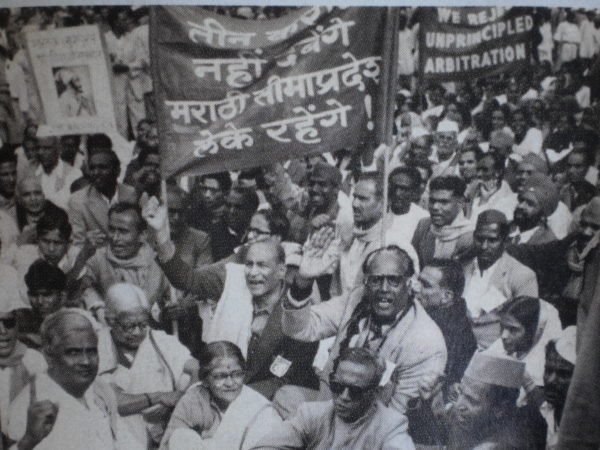
Fight of a Common Man
The larger section of the middle class and the working class in Greater Bombay that provided the driving force of the Samyukta Maharashtra Movement.
The greatest obstacle in the path of the proponents of Samyukta Maharashtra was the tremendous opposition which they encountered over the inclusion of Bombay in Maharashtra. Had they have been willing to give up their claims to the city, the Congress High Command would have readily consented to the formation of a unilingual Maharashtra as it did earlier when the Telugu-speaking people reconciled themselves to the loss of the city of madras. But the Marathi-speaking people never gave up their demand refused to accept the second-best solution of a bilingual Bombay State.
Dhar Commission
In 1948, President Dr.Rajendra Prasad formed one man Constitution Committee headed by Mr. Dhar. Having the big expectations from this commission, it declared that the demand for linguistic region is useless and baseless. It went ahead to say that Maharashtra had no authority over Mumbai city. Fortunately, this commission didn’t last for long.
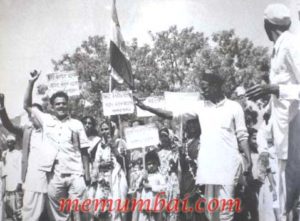
J.V.P Commission
The J.V.P Committee was formed by Pandit Jawaharlal Nehru, Sardar Vallabhbhai Patel and Pallabhi Sitaramaiya. This committee formed the Telugu region which didn’t existed but the existing Marathi speaking region was ignored. They proposed to keep Mumbai separate from Maharashtra since Marathi speaking people were in minority.
Tri-state Scheme
The Congress Working Committee introduced Tri-region scheme. This Tri-state scheme introduced whole of Gujarati speaking from Gujarat state, Mumbai city with 100 square miles and Maharashtra state including Marathawada excluding Belgaum, Karwar. On 18th November 1955, CM Morarji Desai was given the responsibility to pass the scheme.
In 1956 under the leadership of Keshavrao Jedhe, Samyukta Maharashtra Samiti was formed (earlier Samyukta Maharashtra Parishad). Acharya Atre, Prabodhankar Thackeray, Senapati Bapat, S.A. Dange and Shahir AmarShaikh were active members of the samiti.
To oppose Tri-state scheme there was widespread demonstration and huge crowd headed towards Flora Fountain. There was tight security with barricades at Flora fountain to stop this mammoth crowd. There was lathi charge and several tear- gas shells were released. The proceeding of Vidhan Sabha was postponed to 21st November.
On 21st November strike was declared and nearly 4 lakh workers participated in it. On every road there was strong security. Several groups of people started heading towards Oval ground. Police blocked all the roads of Fort area and University. The turn out of huge crowd exhibited the tremendous unity between the workers and the common man in Mumbai.
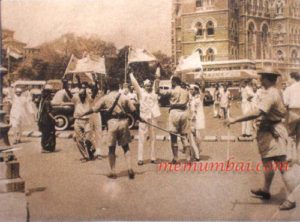
In the first group, Senapati Bapat and Lalji Pendse were hurt badly in lathi charge. Second group comprised of females in which Ahilya Rangnekar, Tara Reddy, Pramila Dandavate were arrested. There were lathi charges everywhere. Tear gases were released. Still the demonstrators moved further. Ultimately police fired at crowd. In whole of the day 15 people died and 300 people were injured.
On the same day, Senapati Bapat addressed the public meeting. Com. Dange and S.M. Joshi too gave aggressive speech. Nearly 4 to 6 lakhs people attended.
Dictatorship of Morarji Desai
Morarji Desai replicated General Dyer. In the begining of 1956, he tried to crush the movement by arresting all the leaders. On 16th January Prabodhankar Thakare, Nana Patil, Lalji Pendse and others were arrested. Overall 350 people were arrested. Mumbai was totally closed and silent. Ultimately, people took the initiative and carried forward the movement. There was firing in Mumbai and in Belgaum in which 4 people died.
During that time Nehru declared on Akashwani that Mumbai be made a Union territory.
106 People Sacrificed Life
The trigger to the movement started on 15 January 1956, when Nehru declared Bombay as a union territory. Immediately people came out to protest on the streets. The first martyr was a night school going student Bandu Gokhale, who died due to the police firing.
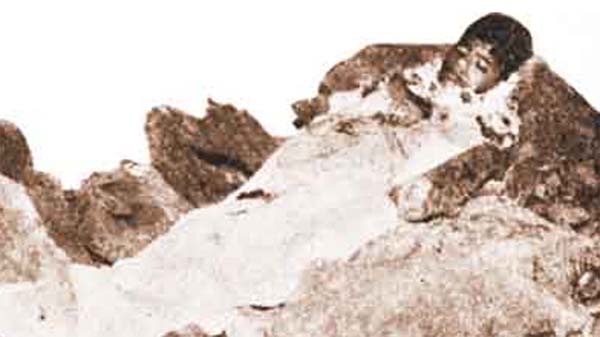
The movement became aggressive. All workers, schools and colleges, banks and offices participated in the strike. There were curfew orders everywhere. 7 people died in police firing in Pune, Nashik, Kolhapur, Belgaum and Nipani.
During the period from 16 to 22nd January 1957, 90 people died. 15 died in November in same year during protest. Around 10,000 satyagrahis were arrested. Overall 106 people sacrificed their life.
Nehru was shown black flag
Jawaharlal Nehru was going to attend the Congress Committee meeting in June. At the airport he was received with black flags. In the meeting, he declared that Mumbai will remain Union territory for 5 years. As a reaction to this, people greeted him with black flag in a public speech at Chowpatty. He addressed the demonstrators as Shameless and Disloyal. The crowd got furious and police had to release tear gas. In the firing incident, one of the activist Shri Ghadigaonkar died. Soon Samyukta Maharashtra Samiti gathered with a huge crowd at Shivaji Park and pledged that ‘Samyukta Maharashtra should be formed along with Mumbai and the sacrifice of the people won’t go in vain’.
1st May declared Maharashtra Day
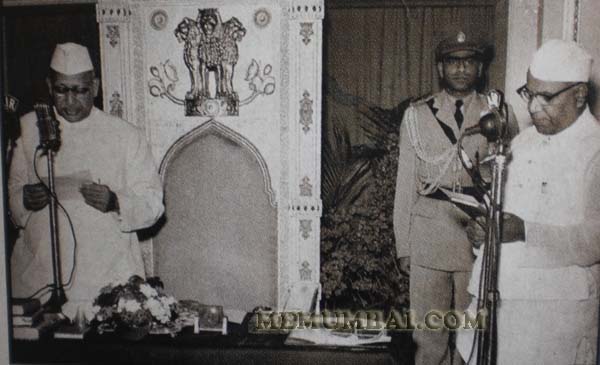
In the middle of 1959, President Dr. Rajendra Prasad decided to form separate region for Marathi speaking Maharashtra State and Gujarati speaking Gujarat state.
At last under the leadership of Com. Dange on 1st May 1960, Maharashtra was formed along with Mumbai. Unfortunately Goa, Belgaum and Karwar were separated.
In the memory of 106 sacrificed lives, Hutatma Smarak was built at Flora Fountain.
अभूतपूर्व संयुक्त महाराष्ट्राची चळवळ (Marathi article)
Visit Samyukta Maharashtra Smriti Dalan
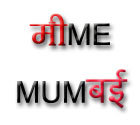

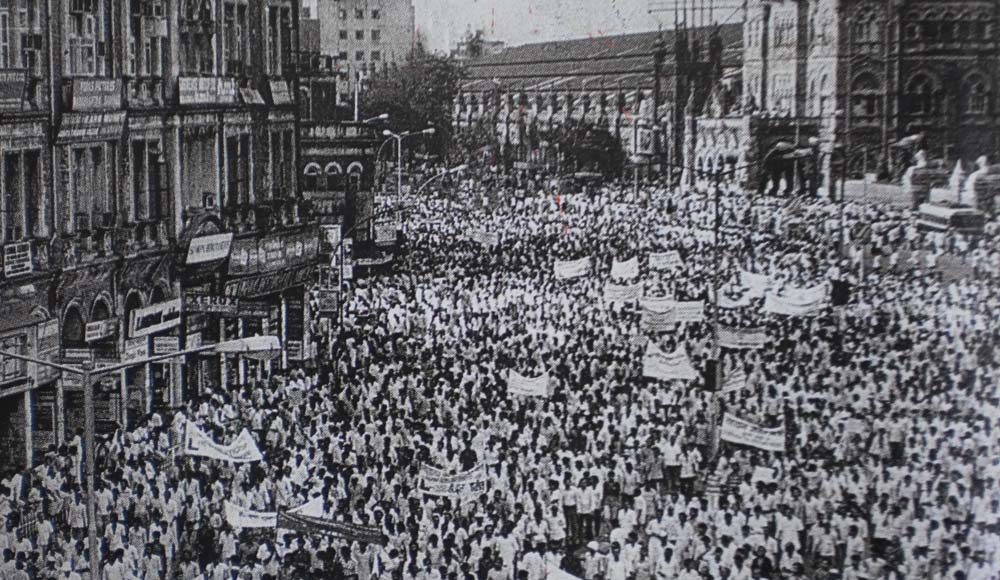
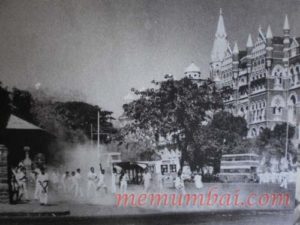






[…] (function(d, s, id) (document, 'script', 'facebook-jssdk')); Fuente del artículo […]
Comments are closed.